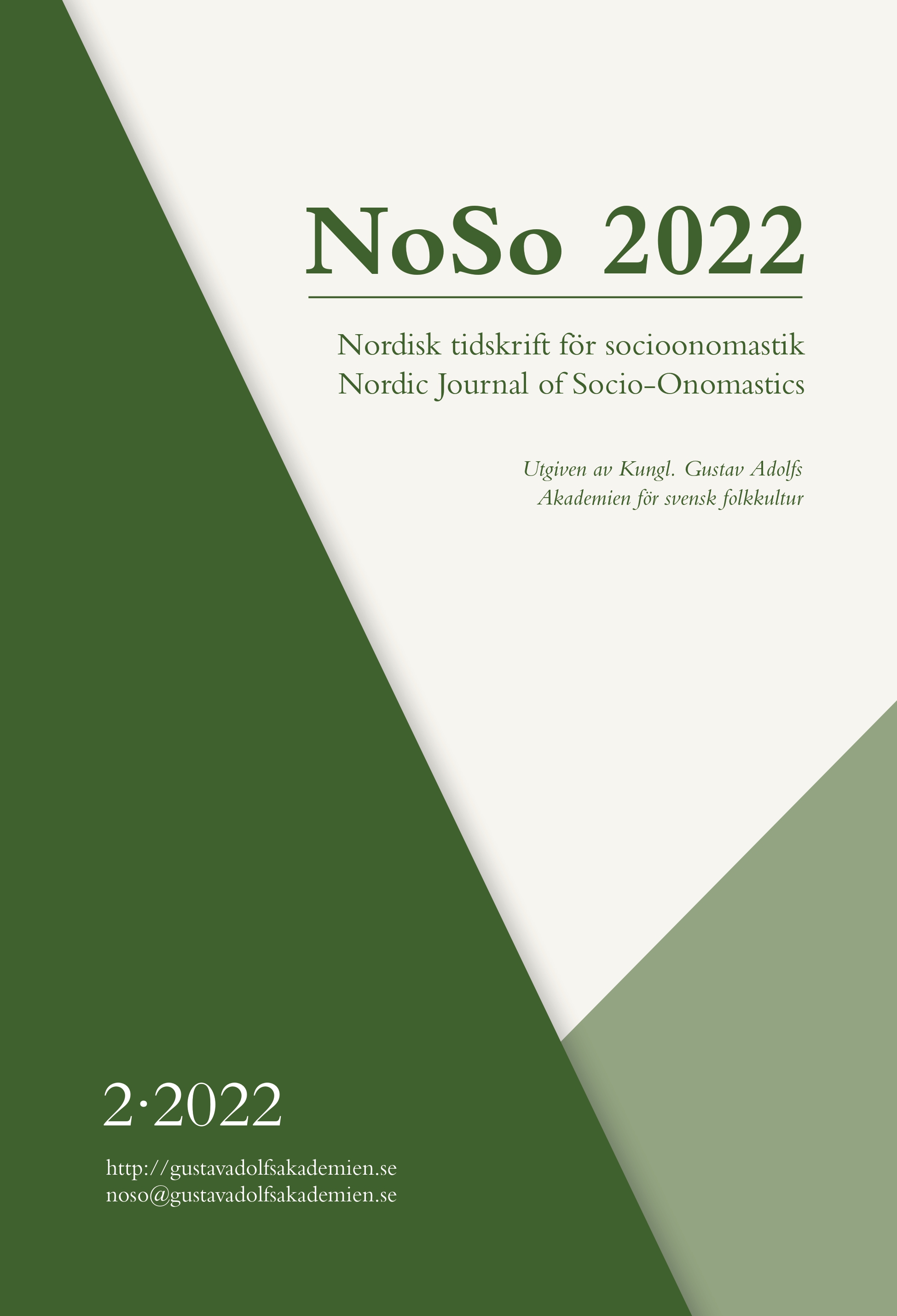Moskéer i Göteborg
Självpositionering i det urbana rummet
DOI:
https://doi.org/10.59589/noso.22022.14683Keywords:
mosques, positioning, names, languages, multilingualismAbstract
This article examines how names and language choices are used to position mosques vis-à-vis other mosques and in relation to the majority population. Using Anthias’ positioning theory, Giraut and Houssay-Holzschuch’s theoretical framework for naming and naming processes, and the concept of spatial scaling, we analyze the names and language choices of three mosques in Gothenburg: Islamic Sunni Centre, also known as Bellevue Mosque, Gothenburg Mosque and Angered Mosque. The analysis shows that the mosques use a wide range of naming technologies, reflecting different ways of positioning themselves in Gothenburg’s mosque landscape. In this positioning, references from the country of origin, the choice of religious orientation and the use of Arabic as a religious language become tools both for the mosque and for the individuals who visit it.
Downloads
Published
How to Cite
Issue
Section
License
Copyright (c) 2022 författaren/författarna

This work is licensed under a Creative Commons Attribution 4.0 International License.






